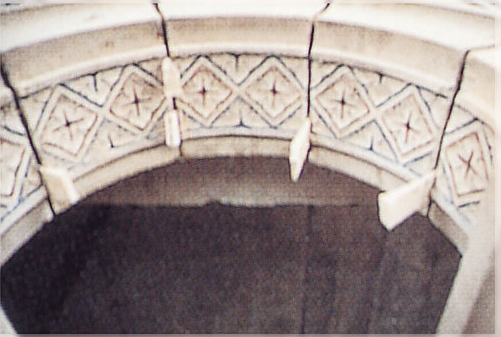
A restoration specialty firm, Graciano Corporation has been part of a carefully selected preservation team operating at a national historic site in Washington, D.C. Graciano restored the facade of the Order of Masons Almas Temple, located in the Franklin Park section of the Capitol.
The Almas Temple was built in 1929 by Allen H. Potts, a Temple member. It is a rare example of Middle East design uncommon in historical buildings. In 1987, the Temple had to be dismantled and relocated on the site to accommodate the new Franklin Square office development. The disassembly began in late October of that year. The Almas Temple, a five-story building, has tall columns which fan into archways. The intricate and multicolored terra cotta facade was dismantled piece by piece. Approximately 3,500 terra cotta units were numbered, cataloged, removed and stored in wooden crates. According to Graciano President, Glenn Foglio, “This was an enormous undertaking. Each numbered piece had to be painstakingly cleaned and repaired prior to re-laying.”
Graciano spent six months repairing all of the small cracks and chips in the original pieces. The coloring on the repaired pieces was artistically restored by hand. Old mortar was carefully cleaned from the backs of the tiles. 121 terra cotta pieces were beyond repair and had to be cast and fired by the same exact process used to manufacture the originals in the 1800s. And, since there were as many as five colors, some pieces required five firings. Careful planning and scheduling insured that the pieces stored in Maryland and the new handmade pieces from California arrived in the necessary order to allow for proper sequencing of the mason’s work. In addition to the restoration of the terra cotta facade, entrance doors were refinished and wooden window frames were replicated. Leaded glass reproductions were crafted to match the old windowpanes.
The placement of the cornerstone on June 20, 1990 marked the completion of the project.
Project Details
Downloads
Project Included
- Unit Stone Replacement
- Reconstruct
- New Brick Construction
- Brick Facade Rebuild
Glossary Terms






